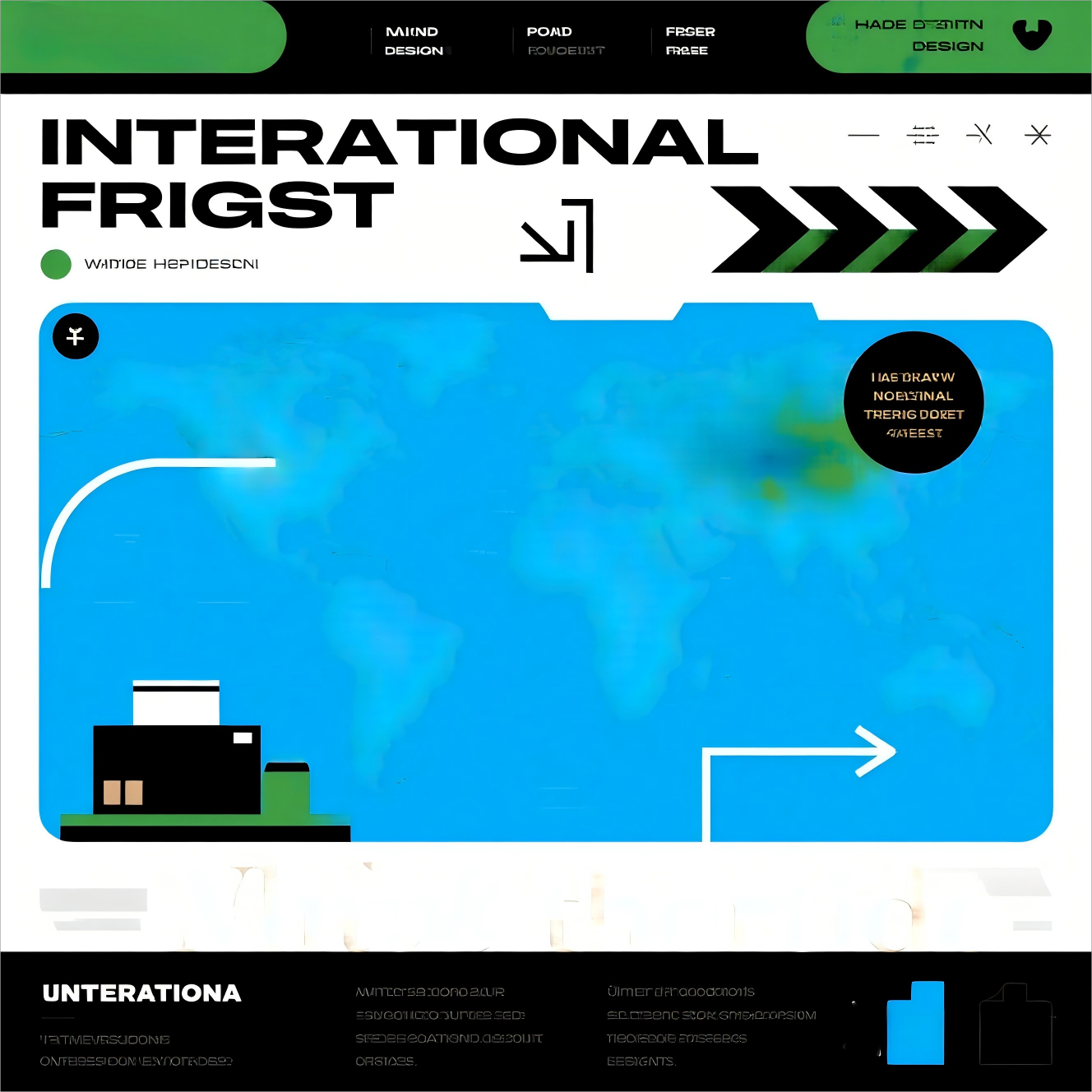Modern Solutions in Global Cargo Transportation
The landscape of international freight has evolved dramatically in recent decades, transforming how businesses move goods across borders and oceans. Today's global supply chains rely on sophisticated transportation networks that combine efficiency, reliability, and cost-effectiveness. Understanding the distinct advantages and considerations of sea and air freight options has become crucial for businesses aiming to optimize their logistics operations.
As international trade continues to grow, companies face increasingly complex decisions about how to transport their goods. The choice between sea and air freight impacts not only the bottom line but also customer satisfaction, inventory management, and overall business strategy. Let's explore these two primary modes of international freight transportation in detail, examining their unique characteristics and helping you make informed decisions for your shipping needs.
Sea Freight: The Backbone of Global Commerce
Economic Advantages of Ocean Transport
Sea freight remains the most cost-effective method for international freight movement, particularly for bulk cargo and large shipments. The economies of scale achieved through modern container ships make ocean transport particularly attractive for businesses working with high-volume goods. A single container vessel can carry thousands of TEUs (Twenty-foot Equivalent Units), significantly reducing the cost per unit compared to other transportation methods.
The cost efficiency extends beyond just the basic freight rates. Ocean carriers often offer flexible container options, from standard dry containers to specialized equipment for temperature-sensitive cargo. This versatility allows businesses to optimize their shipping costs while ensuring proper handling of their goods.
Environmental Impact and Sustainability
In the era of increasing environmental consciousness, sea freight presents a relatively eco-friendly option for international freight movement. Modern vessels are becoming increasingly fuel-efficient, and the carbon footprint per unit of cargo is significantly lower compared to air transport. Many shipping lines are now investing in cleaner technologies and alternative fuels to further reduce their environmental impact.
Additionally, the maritime industry is implementing various initiatives to protect marine ecosystems and reduce pollution. From ballast water management to sulfur emission controls, these measures ensure that sea freight continues to evolve as a sustainable transportation option.
Air Freight: Speed and Precision in Global Logistics
Time-Sensitive Solutions
When speed is paramount, air freight becomes the undisputed champion of international freight transportation. Modern air cargo services can deliver goods across continents in a matter of days or even hours, making them ideal for time-critical shipments. This rapid delivery capability is particularly valuable for perishable goods, high-value items, and urgent business requirements.
The efficiency of air freight extends beyond just flight times. Advanced tracking systems and streamlined customs procedures at airports often result in faster clearance and delivery compared to seaports. This predictability and speed can be crucial for businesses operating with just-in-time inventory systems or handling emergency shipments.
Security and Handling Benefits
Air freight typically offers superior security measures and careful handling procedures. The controlled environment of aircraft cargo holds and airport facilities provides optimal conditions for sensitive or valuable items. Furthermore, the shorter transit times mean less exposure to potential risks and environmental factors that could affect cargo integrity.
The highly regulated nature of the aviation industry ensures strict adherence to safety protocols and handling standards. This level of care makes air freight particularly suitable for high-value electronics, pharmaceuticals, and luxury goods requiring extra protection during international transport.
Strategic Decision-Making in Freight Selection
Cost-Benefit Analysis
Choosing between sea and air freight requires careful consideration of multiple factors beyond just the base transportation cost. While sea freight generally offers lower rates per kilogram, businesses must account for additional factors such as inventory carrying costs, storage requirements, and potential market opportunities that might be missed due to longer transit times.
For example, fashion retailers dealing with seasonal merchandise might find air freight more economical despite higher upfront costs, as it allows them to respond quickly to market trends and minimize inventory risks. Conversely, manufacturers of heavy machinery might find sea freight more suitable due to the nature of their goods and less time-sensitive delivery requirements.
Supply Chain Integration
The choice of international freight mode significantly impacts the entire supply chain structure. Companies must consider how their freight decisions affect warehouse operations, distribution networks, and customer service levels. Modern supply chains often employ a hybrid approach, using both sea and air freight strategically to optimize their logistics operations.
Integration with digital platforms and tracking systems has become crucial in modern international freight management. Both sea and air freight options now offer sophisticated technology solutions that provide real-time visibility and control over shipments, helping businesses make better-informed decisions and respond quickly to changing circumstances.
Future Trends in International Freight
Technological Advancements
The international freight industry is witnessing rapid technological evolution. Artificial intelligence and blockchain technologies are being integrated into freight operations, improving efficiency and transparency. Smart containers, autonomous vessels, and advanced airport handling systems are revolutionizing how goods move across borders.
These innovations are blurring the traditional distinctions between sea and air freight, creating new possibilities for optimized routing and multimodal solutions. The future may see even more integration between different transportation modes, offering businesses greater flexibility in their logistics decisions.
Market Adaptations
Global events and changing trade patterns continue to shape the international freight landscape. The industry is becoming more resilient and adaptable, with carriers developing new routes and service options to meet evolving business needs. This flexibility helps companies maintain efficient supply chains even during disruptions or market changes.
The growing emphasis on sustainability is also driving innovations in both sea and air freight sectors. From electric cargo aircraft to wind-powered vessels, the industry is exploring new technologies to reduce environmental impact while maintaining operational efficiency.
Frequently Asked Questions
What factors determine the cost of international freight?
The cost of international freight depends on multiple factors including distance, cargo volume and weight, type of goods, fuel prices, seasonal demand, and specific handling requirements. Additional considerations include insurance, customs duties, and any special equipment or services needed for transportation.
How much longer does sea freight take compared to air freight?
Sea freight typically takes 20-45 days for long-distance international routes, while air freight usually delivers within 1-5 days. However, actual transit times can vary significantly based on route, customs clearance, and port or airport conditions.
Which mode of transport is better for fragile items?
Air freight generally provides better handling for fragile items due to shorter transit times, less handling, and more controlled environments. However, with proper packaging and container selection, sea freight can also safely transport delicate cargo, often at a lower cost for larger shipments.


